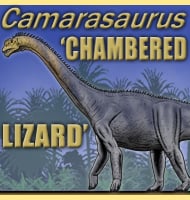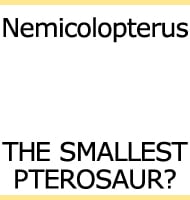In Depth
Eohippus is a classic prehistoric mammal, dubbed as one of the earliest and smallest horses ever to live. There has in the past been some taxonomic confusion over the validity of the genus, and at one time Eohippus was actually regarded as belonging to another genus named Hyracotherium. Later thought has cast doubt upon the correctness of such thinking, and now once again Eohippus is regarded as being distinct from Hyracotherium.
Eohippus was tiny, and most individuals seem to have averaged a size of about thirty centimetres high at the shoulder. Most early horses seem to have fed as browsers, selectively feeding upon low growing plants. Such an environment and small size would have meant that Eohippus could hide amongst the undergrowth to try and avoid the eyes of hungry predators such as creodonts and early nimravids.
Further Reading
- Notice of new Tertiary mammals. V. - American Journal of Science 12(71):401-404. - O. C. Marsh. - 1876. - Quo vadis eohippus? The systematics and taxonomy of the early Eocene equids (Perissodactyla). - Zoological Journal of the Linnean Society. 134 (2): 141–256. - D. J. Froehlich - 2002. - Fossil Horses–Evidence for Evolution. - B. J. MacFadden - 2005.









